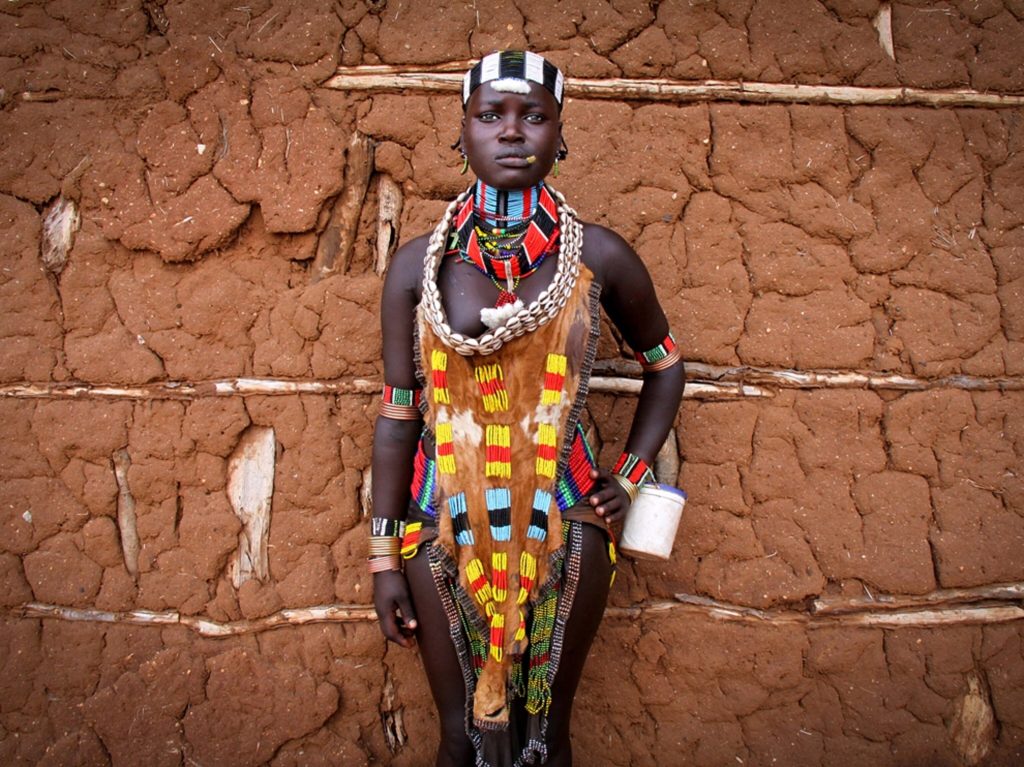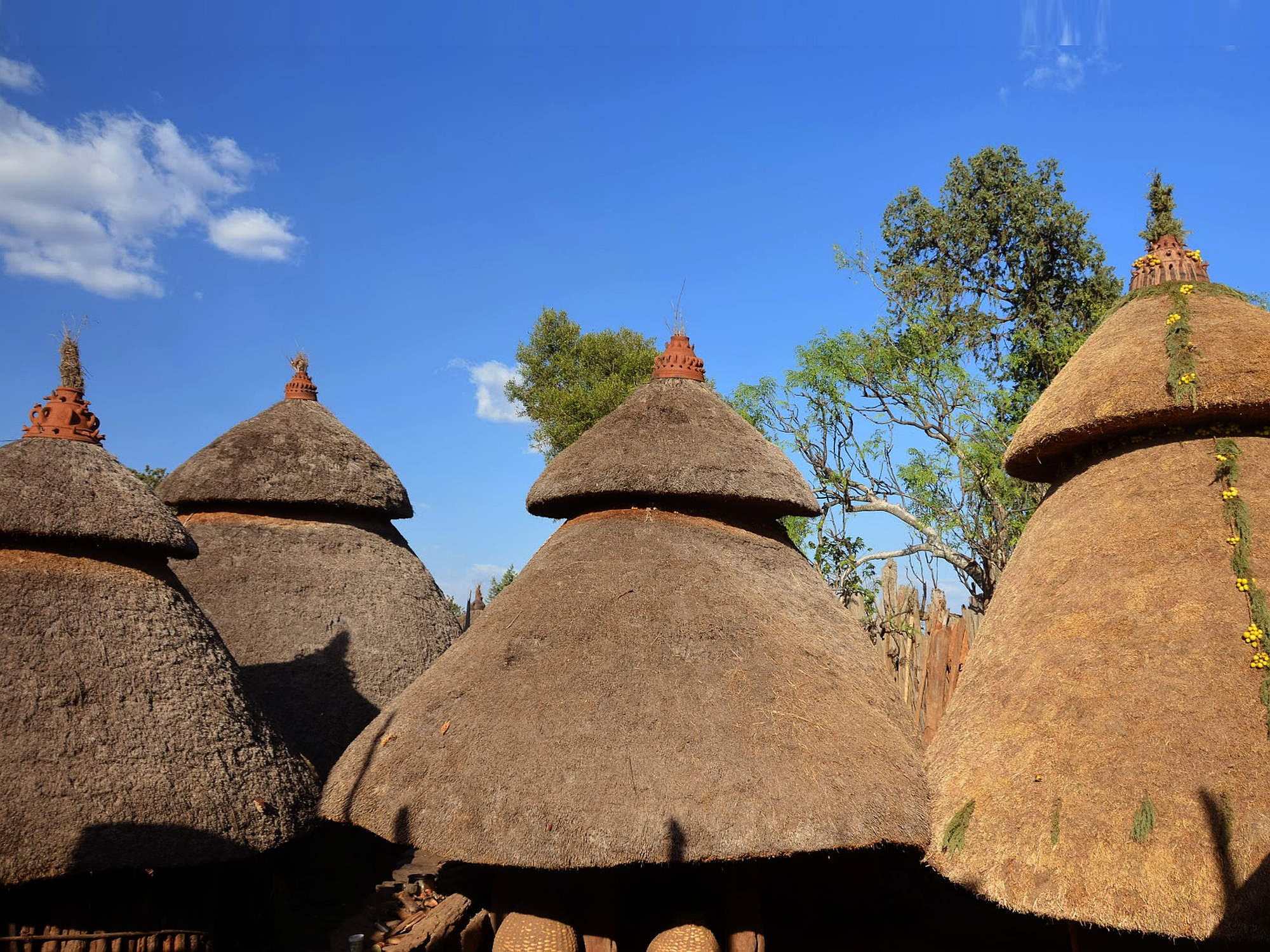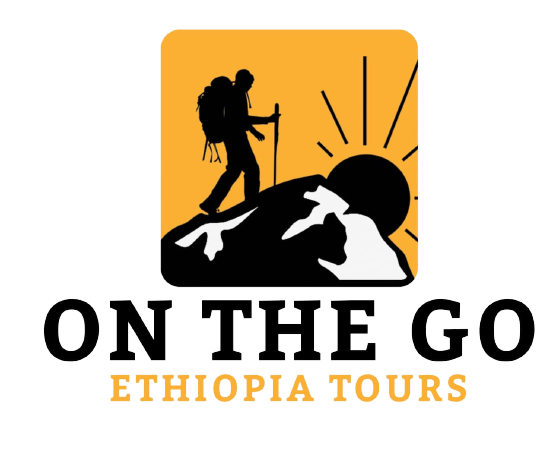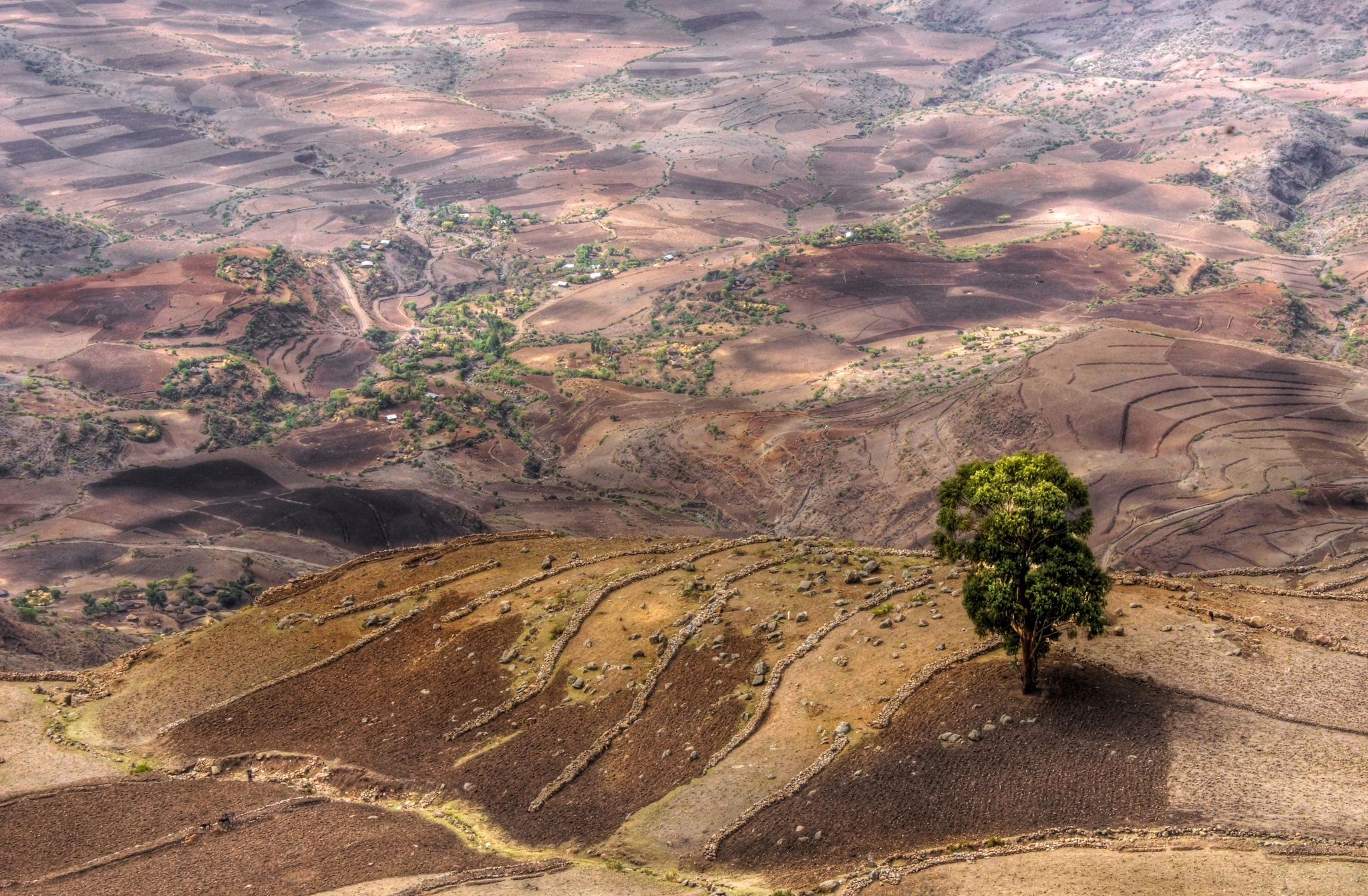Southern Tour
- Home
- Southern Tour
- Page 2
Hammer Tribes
The Hamer is a tribal people in southwestern Ethiopia. They live in Hamer Bena woreda (or district), a fertile part of the Omo River valley, in the Debub Omo Zone of the Southern Nations, Nationalities, and Peoples Region (SNNPR). They are largely pastoralists, so their culture places a high value on cattle. The Hammer people are semi nomadic pastoralists migrating every few months to find pastures for their goats and cattle. Huts are round and conical made from a dome frame of branches covered with grasses, mats and hide About 20 huts around a meeting place where dancing and feasting occurs, and a cattle and goat pen make a village. The Hammer often trade with their neighbors for sorghum and corn as they do not grow it themselves. Goats and Cattle offer milk and meat. Sorghum is made into a pancake or porridge and eaten with a stew. Men typically wear a checkered skirt of cloth while women wear a cow skin skirt.


Mursi Tribes
The Mursi are a nomadic cattle herder ethnic group located in the Debub Omo Zone of the Southern Nations, Nationalities, and People's Region in Ethiopia, close to the Sudanese border. According to the 2007 national census, there number is estimated 7,500. The Mursi people are the most popular in Ethiopia's Omo Valley. They are well known for their unique lip plates. They are settled around the Omo River and in the Mago National Park. Due to the climate, they move twice a year between the winter and summer months. They herd cattle and grow crops along the banks of the Omo River.
The Mursi women paint their bodies and face in white. They also are the ones who wear the lip plates. Women of the Mursi tribe may have their lips cut at the age of 15 or 16.
Konso
Ever since the first European to describe the rock churches of Lalibela, Francisco Alvarez, came to this holy city between 1521 and 1525, travellers have tried to put into words their experiences. Praising it as a “New Jerusalem”, a “New Golgotha”, the “Christian Citadel in the Mountains of Wondrous Ethiopia”. The inhabitants of the monastic township of Roha-Lalibela in Lasta, province of Wollo, dwelling in two storeyed circular huts with dry stonewalls, are unable to believe that the rock churches are entirely made by man. They ascribe their creation to one of the last kings of the Zagwe dynasty, Lalibela, who reigned about 1200 A.D.


The Arbore tribe
The Arbore tribe is a small tribe that lives in the southwest region of the Omo Valley. They have ancestral and cultural associations with Borenna and Konso peoples and perform many ritual dances while singing. The Tsemay people are their neighboring tribe. Arbore people are pastoralists (livestock farmers). They believe that their singing and dancing eliminates negative energy and with the negative energy gone, the tribe will prosper. The women of the tribe cover their heads with a black cloth and are known to wear very colorful necklaces and earrings. Young children will wear a shell type hat that protects their heads from the sun. Body painting is done by the Arbore using natural colors made from soil and stone. Traditional dancing is practiced by the tribe and wealth is measured by the number of cattle a tribesman owns.
Related Tours
1 day50
10 days50
10 days50




